The best thing one can do to avoid eyestrain is to take frequent breaks from electronic screens. However, what if you can't simply take many breaks and need to remain productive? What has helped me minimize eyestrain and headaches and continue working on my computer uninterrupted are Blue Light glasses by a company called Quay Australia. From day one of using these glasses I was immediately satisfied with my purchase as I no longer experience eye fatigue or headaches. They also fit comfortably and have a wide range of styles available.
I highly recommend these glasses for office and tech professionals where a high level of productivity is vital.
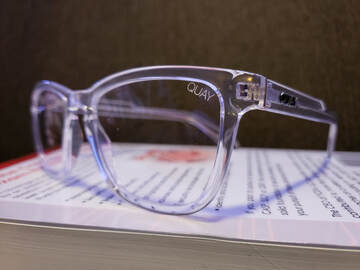
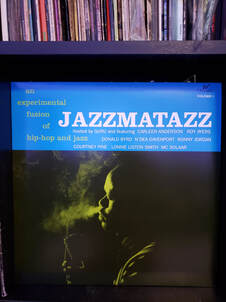
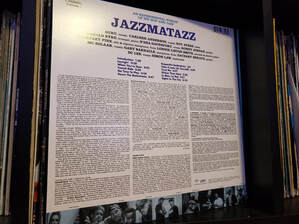
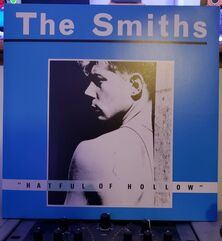
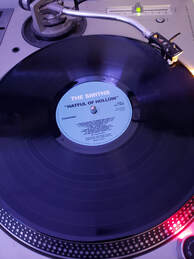
 RSS Feed
RSS Feed
